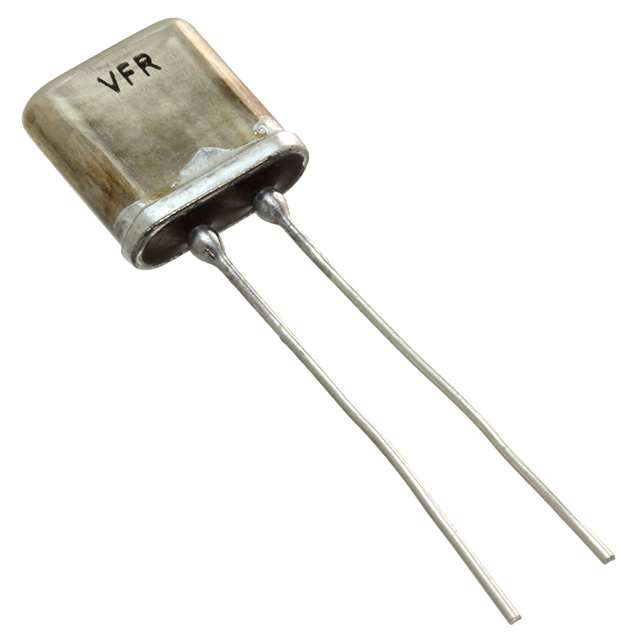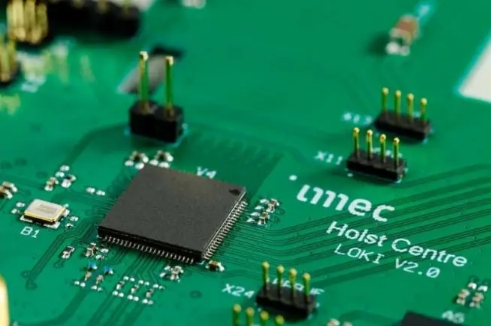What product types do capacitors and capacitors include?
What Product Types Do Capacitors Include?
I. Introduction
Capacitors are fundamental components in electronic circuits, playing a crucial role in energy storage, filtering, and signal processing. Defined as passive electrical devices that store electrical energy in an electric field, capacitors are essential for a wide range of applications, from simple timing circuits to complex power systems. This article aims to explore the various types of capacitors, their characteristics, applications, and the emerging trends in capacitor technology.
II. Basic Principles of Capacitors
A. Explanation of Capacitance
Capacitance is the ability of a capacitor to store charge per unit voltage. It is measured in farads (F), with common subunits including microfarads (µF) and picofarads (pF). The capacitance value is determined by the surface area of the conductive plates, the distance between them, and the type of dielectric material used.
B. How Capacitors Store and Release Energy
When a voltage is applied across the terminals of a capacitor, an electric field is created, causing positive and negative charges to accumulate on the plates. This stored energy can be released when the circuit requires it, making capacitors vital for smoothing out voltage fluctuations and providing bursts of energy when needed.
C. Key Parameters
Key parameters that define a capacitor's performance include:
Voltage Rating: The maximum voltage a capacitor can handle without breaking down.
Capacitance Value: The amount of charge a capacitor can store.
Equivalent Series Resistance (ESR): A measure of the resistance a capacitor presents to alternating current, affecting its efficiency and performance.
III. Types of Capacitors
Capacitors can be classified based on various criteria, including dielectric material, construction, and application.
A. Classification Based on Dielectric Material
1. **Ceramic Capacitors**
- **Characteristics**: Made from ceramic materials, these capacitors are known for their stability, low cost, and small size.
- **Applications**: Commonly used in high-frequency applications, decoupling, and filtering.
2. **Electrolytic Capacitors**
- **Characteristics**: These capacitors use an electrolyte as one of the plates, allowing for a higher capacitance value in a smaller size.
- **Applications**: Widely used in power supply circuits and audio applications due to their high capacitance.
3. **Film Capacitors**
- **Characteristics**: Made from thin plastic films, these capacitors offer excellent stability and low ESR.
- **Applications**: Used in applications requiring high reliability, such as audio equipment and power electronics.
4. **Tantalum Capacitors**
- **Characteristics**: Known for their high capacitance and small size, tantalum capacitors are stable and reliable.
- **Applications**: Commonly found in portable electronics and military applications.
5. **Supercapacitors**
- **Characteristics**: These capacitors have extremely high capacitance values and can store large amounts of energy.
- **Applications**: Used in energy storage systems, backup power supplies, and regenerative braking systems.
6. **Mica Capacitors**
- **Characteristics**: Made from natural mica, these capacitors are known for their high precision and stability.
- **Applications**: Often used in RF applications and precision timing circuits.
7. **Paper Capacitors**
- **Characteristics**: These capacitors use paper as the dielectric material and are less common today due to their size and performance limitations.
- **Applications**: Historically used in audio and radio applications.
B. Classification Based on Construction
1. **Axial Capacitors**
- **Characteristics**: These capacitors have leads on either end, allowing for easy insertion into circuit boards.
- **Applications**: Commonly used in through-hole applications.
2. **Radial Capacitors**
- **Characteristics**: With leads on the same side, radial capacitors are compact and suitable for dense circuit layouts.
- **Applications**: Frequently found in consumer electronics.
3. **Surface Mount Capacitors**
- **Characteristics**: Designed for surface mounting, these capacitors are small and suitable for automated assembly.
- **Applications**: Widely used in modern electronics due to their space-saving design.
C. Classification Based on Application
1. **Power Capacitors**
- **Characteristics**: Designed to handle high voltages and currents, these capacitors are essential for power factor correction.
- **Applications**: Used in industrial power systems and electrical grids.
2. **Signal Capacitors**
- **Characteristics**: These capacitors are optimized for low-frequency applications and signal coupling.
- **Applications**: Commonly found in audio and communication devices.
3. **Timing Capacitors**
- **Characteristics**: Used in timing circuits, these capacitors are critical for generating precise time delays.
- **Applications**: Found in oscillators and timers.
IV. Specialized Capacitors
A. High-Voltage Capacitors
1. **Characteristics**: Designed to withstand high voltage levels, these capacitors are built with robust materials and construction techniques.
2. **Applications**: Used in power transmission systems and high-voltage equipment.
B. Low-ESR Capacitors
1. **Characteristics**: These capacitors have minimal equivalent series resistance, enhancing their efficiency in high-frequency applications.
2. **Applications**: Commonly used in switching power supplies and RF circuits.
C. RF Capacitors
1. **Characteristics**: Designed for radio frequency applications, these capacitors have specific characteristics to minimize losses at high frequencies.
2. **Applications**: Found in RF amplifiers, oscillators, and filters.
D. Automotive Capacitors
1. **Characteristics**: Built to withstand harsh automotive environments, these capacitors are designed for reliability and performance.
2. **Applications**: Used in automotive electronics, including power management and infotainment systems.
V. Emerging Technologies and Trends
A. Advancements in Capacitor Technology
Recent advancements in materials science and manufacturing techniques have led to the development of capacitors with improved performance characteristics, such as higher capacitance values and lower ESR.
B. The Role of Capacitors in Renewable Energy Systems
Capacitors play a vital role in renewable energy systems, such as solar and wind power, by stabilizing voltage and providing energy storage solutions.
C. Future Trends in Capacitor Design and Applications
As technology continues to evolve, we can expect to see capacitors that are smaller, more efficient, and capable of handling higher energy densities, paving the way for new applications in electric vehicles, smart grids, and beyond.
VI. Conclusion
Capacitors are indispensable components in modern electronics, with a diverse range of types and applications. From basic ceramic capacitors to advanced supercapacitors, each type serves a unique purpose in electronic circuits. As technology progresses, the importance of capacitors will only grow, driving innovation and enhancing the performance of electronic devices across various industries.
VII. References
- Academic papers, articles, and books on capacitor technology and applications.
- Online resources and databases for capacitor specifications and applications.
This comprehensive overview of capacitors highlights their significance in electronic circuits and the various types available, providing a solid foundation for understanding their role in technology today and in the future.









